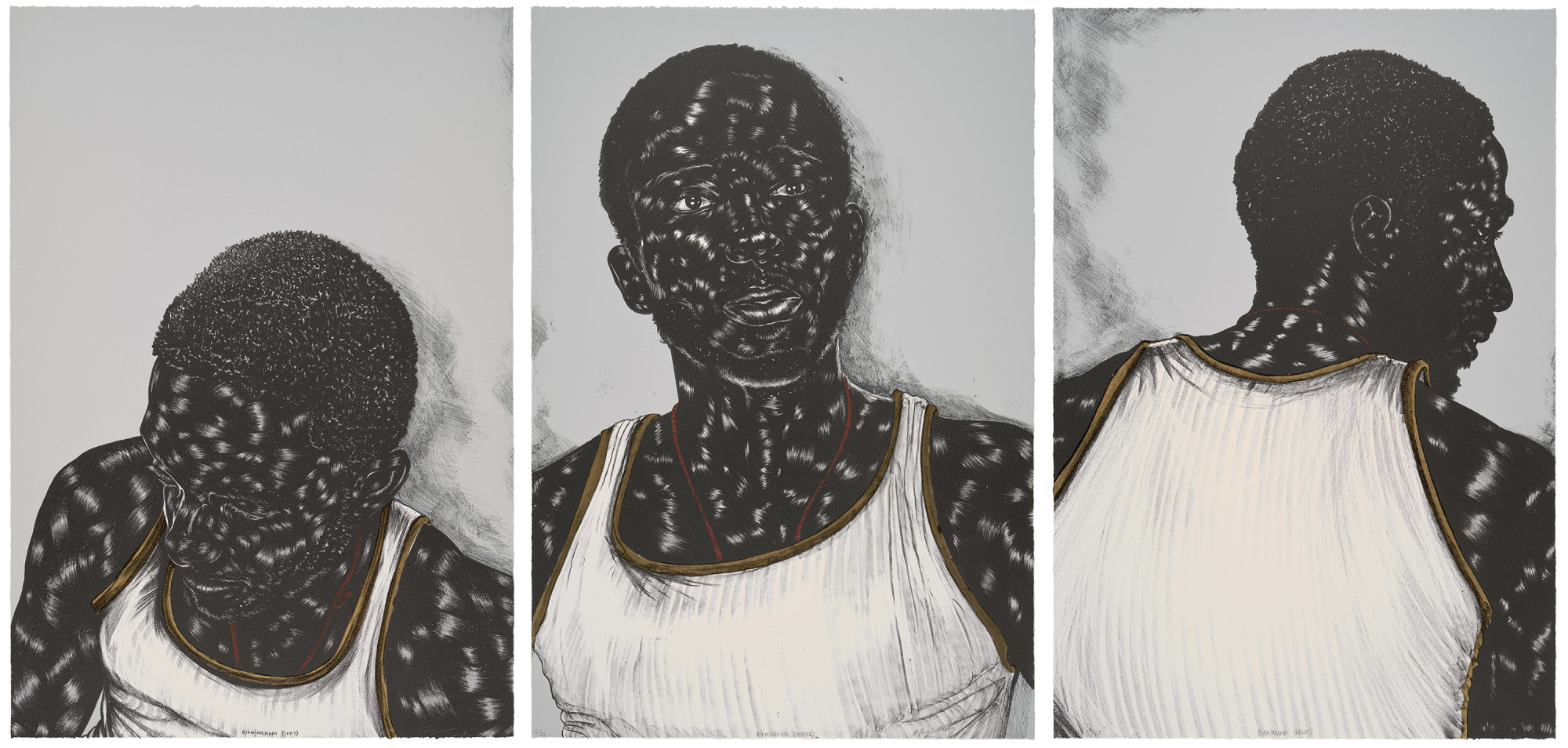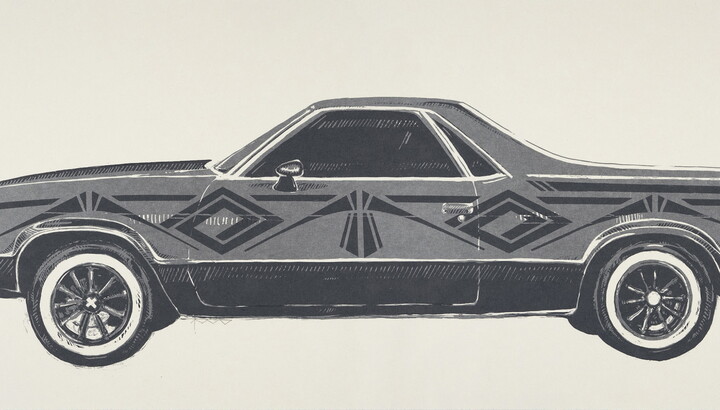The Carter Blog
Carter ARTicles
60 years of collecting
Sep 21, 2021
Many of us collect things. From our grandmother’s handmade quilts to baby shoes to letters and cards, we all have things that we collect either for their sentimental value or just because we like them.
Museums collect for similar reasons: to preserve a community’s history, to tell important stories, and even because we like them and think people in the future may, too! The Carter’s collection began because Amon G. Carter Sr. liked the work of Charles Russell and Frederic Remington, and he began purchasing it. He loved the work so much that he wanted to make sure the residents of Fort Worth could enjoy it in perpetuity, free of charge, and so he made plans to establish a museum.
What began as one man’s love of western art has, 60 years later, evolved into an incredible art collection by American artists that spans time, style, subject matter, and media. And, with Ruth Carter Stevenson and the Museum’s first director, Mitchell A. Wilder, at the helm, the Carter wasted no time after it opened in 1961 in expanding its collection, beginning with five photographs by Dorothea Lange. Then in 1967, the Carter acquired the large-scale painting Blips and Ifs (1964) by Stuart Davis. Purchasing this work just three years after it was painted constituted the purchase of a contemporary artwork at the time. A dynamic interplay of ideas from popular culture and jazz expressed through bright colors, personal symbols, and fragmented words, Blips and Ifs represents one of Davis’s monumental achievements in abstraction.
Starting in the late 1960s and into the 1970s, Stevenson and Wilder’s passion for early American modernism was reflected in the Carter’s purchases of works by Arthur Dove, Marsden Hartley, Georgia O’Keeffe, and Alfred Stieglitz. Building on its practices of collecting 19th-century artwork by artists such as Thomas Cole and Albert Bierstadt that depicted the exploration and development of North America, the Carter also collected significant landscape paintings by artists such as Childe Hassam, Winslow Homer, and Martin Johnson Heade. The Carter’s acquisition principles, which emphasized aesthetic excellence and an unwavering commitment to quality and connoisseurship, continued to guide the Museum’s collecting patterns for the next 40 years.
By the end of the 1990s, robust acquisitions would flesh out important histories in modernism, sculpture, and works on paper. Joseph Stella’s pioneering pastel drawing Futurist Composition (1914); Marsden Hartley’s iconic painting American Indian Symbols (1914); and one of Alexander Calder’s inventive mobiles, Untitled (1942), entered the collection in 1999 and represented singular artworks that had advanced early modernist art in America.
Modernism at the Carter
-
Joseph Stella
Futurist Composition, 1914Pastel and graphite on paper
1995.15

-
Marsden Hartley
American Indian Symbols, 1914Oil on canvas
1999.8

-
Alexander Calder
[Untitled], ca. 1942Painted aluminum sheet, steel sheet, and steel wire
1999.6

The dawn of the 21st century saw the beginning of a progressive collecting era as artworks by women artists such as Mary Cassatt and artists of color like Robert Duncanson, central to shaping American art history, entered the collection. In 2014, the Carter initiated a program of collecting contemporary works on paper, mirroring its efforts in photography, to broach and reinforce the Museum’s connection with living artists. Recent acquisitions that fall within this framework include work by Glenn Ligon, Sedrick Huckaby, Daniel Heyman, and Lucy Ganje.
In the past few years, the Carter’s expanding program of special exhibitions has resulted in landmark acquisitions. The combination of sound art by composer Guillermo Galindo with the photographs of his collaborator, Richard Misrach, led to important purchases of Misrach’s work that address border politics. Most recently, the commission of acclaimed artist Mark Dion to research and find inspiration in the Museum’s archival holdings led to the acquisition of his Tamarind print series. These prints supplement the Museum’s established Tamarind holdings dating from the 1960s to the present, including the recent purchase of Toyin Ojih Odutola’s exploration of Black identity in her tour-de-force triptych Birmingham (2014).
Sixty years on since it opened to the public, the Carter has evolved from one man’s collection of western art to a nationally respected museum that tells the story of American art. From paintings, sculpture, photography, works on paper, and more, the collection spans times, places, media, and minds. We encourage you to explore our collection online and discover what American art is to you! I wonder . . . what will the Carter collect in the next 60 years?













